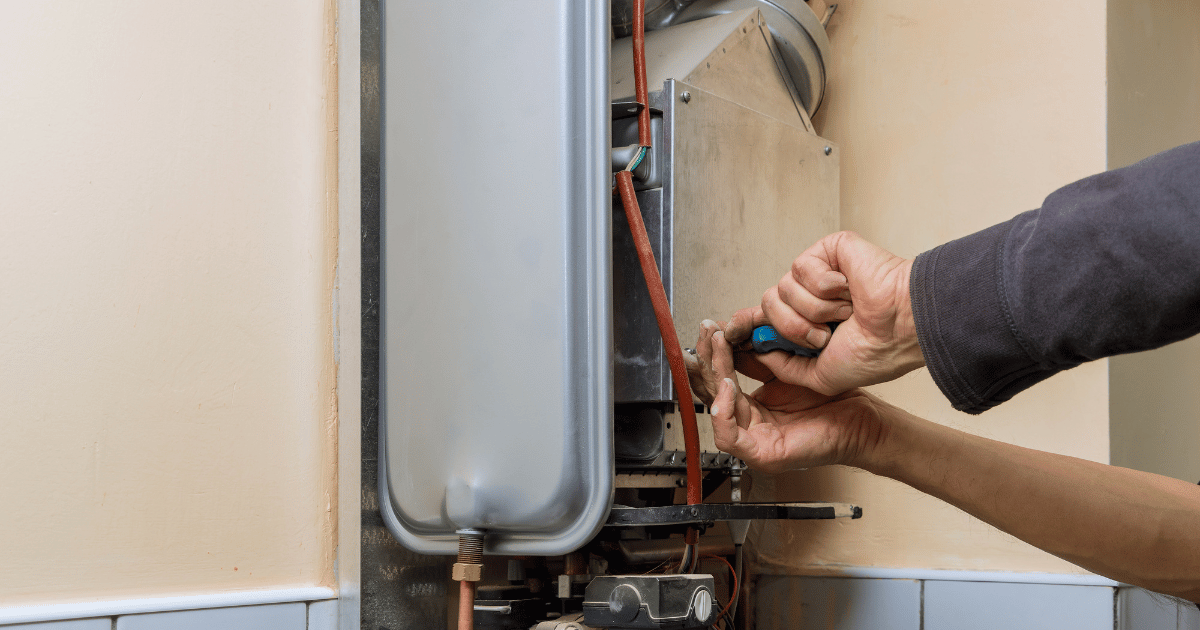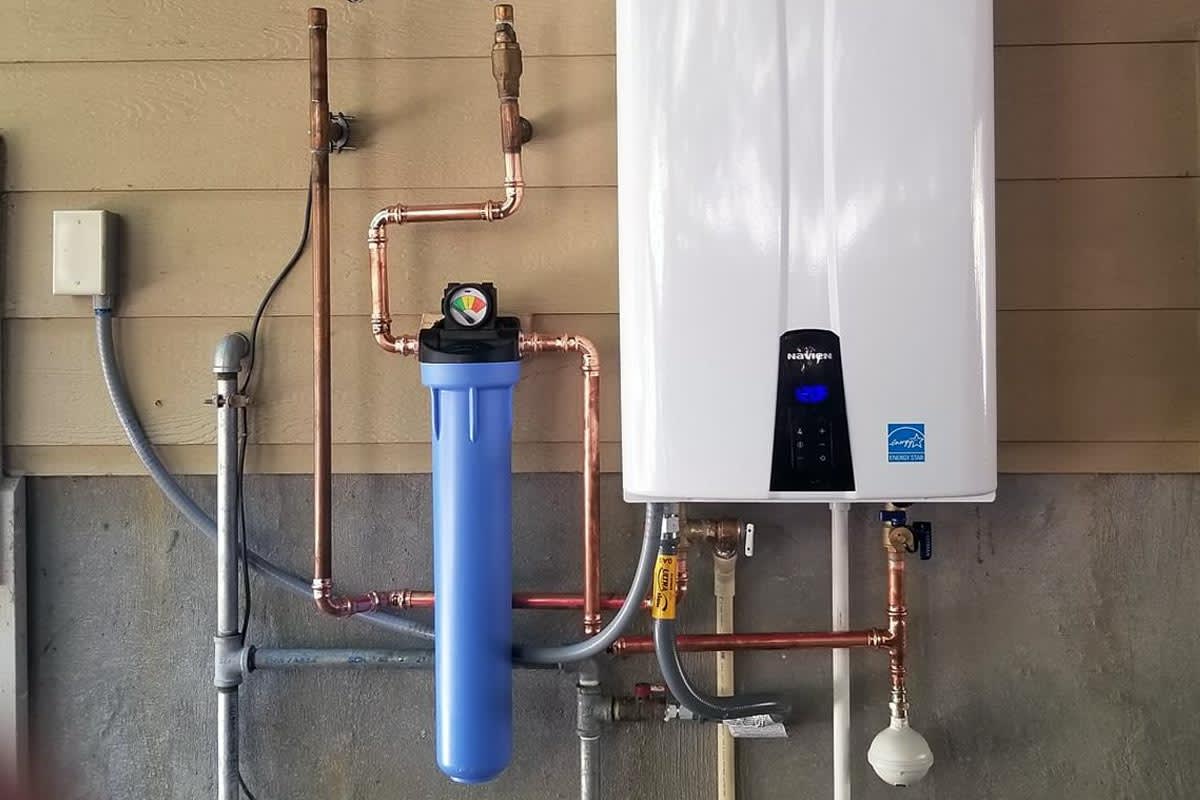What are your insights and beliefs about Water Heater Maintenance Tips You Can't Afford to Forget?

Hot water is necessary for everyday convenience, whether it's for a rejuvenating shower or cleaning meals. To guarantee your warm water system runs efficiently and lasts much longer, regular upkeep is essential. This short article supplies sensible suggestions and understandings on just how to keep your home's warm water system to stay clear of disruptions and expensive repair services.
Intro
Preserving your home's warm water system could appear overwhelming, but with a few easy steps, you can ensure it operates smoothly for years ahead. This guide covers everything from understanding your warm water system to do it yourself maintenance tips and recognizing when to hire expert help.
Importance of Maintaining Your Hot Water System
Regular upkeep not only expands the lifespan of your warm water system but likewise guarantees it runs efficiently. Overlooking upkeep can bring about decreased effectiveness, greater power costs, and even premature failure of the system.
Signs Your Hot Water System Requirements Upkeep
Recognizing when your warm water system requires attention can prevent significant concerns. Keep an eye out for signs such as inconsistent water temperature, unusual noises from the heating unit, or corroded water.
Understanding Your Hot Water System
Before diving right into upkeep jobs, it's handy to comprehend the fundamental elements of your warm water system. Normally, this consists of the water heater itself, pipelines, anode poles, and temperature controls.
Monthly Maintenance Tasks
Regular monthly checks can assist catch small concerns before they escalate.
Flushing the Hot Water Heater
Purging your hot water heater gets rid of debris buildup, improving performance and lengthening its life.
Monitoring and Changing Anode Rods
Anode rods protect against deterioration inside the container. Evaluating and changing them when worn is important.
Checking and Adjusting Temperature Setups
Adjusting the temperature level setups makes sure optimal performance and safety and security.
DIY Tips for Maintenance
You can do a number of maintenance jobs yourself to keep your warm water system in top condition.
Checking for Leakages
Consistently check pipelines and connections for leakages, as these can cause water damage and higher expenses.
Checking Stress Relief Valves
Evaluating the pressure safety valve ensures it functions appropriately and avoids extreme stress buildup.
Shielding Pipelines
Insulating warm water pipes lowers warm loss and can save power.
When to Call an Expert
While DIY upkeep is useful, some issues call for professional knowledge.
Facility Problems Calling For Expert Aid
Examples consist of major leakages, electrical troubles, or if your water heater is continually underperforming.
Routine Expert Maintenance Advantages
Professional upkeep can consist of extensive inspections, tune-ups, and making certain conformity with safety requirements.
Conclusion
Routine upkeep of your home's hot water system is necessary for efficiency, durability, and price savings. By complying with these pointers and knowing when to seek expert aid, you can guarantee a trusted supply of hot water without unforeseen interruptions.
Water Heater Maintenance Tips
Test the TPR Valve
Shut off the power and the cold-water supply valve. Place a bucket under the pipe connected to the temperature-pressure-release (TPR) valve on the top or side of the tank. (This valve opens if the tank pressure gets too high.) Lift the valve’s tab to let some water out, then let go. If water keeps flowing, drain the tank partway, unscrew the old valve with a pipe wrench, and install a new one. Check the Anode Rod
Put a hose to the tank’s drain cock and let out a few gallons of water. Now fit a 1 1/16-inch socket onto the rod’s hex head on top of the heater (or under its top plate) and unscrew the rod. If it’s less than ½ inch thick or coated with calcium, buy a new one, wrap its threads with Teflon tape, put it back in the tank, and tighten securely. Use this segmented rod if headroom above the tank is limited. Drain the Tank and Wash Out Sediment
Drain the remaining water in the tank into the bucket, then stir up the sediment on the tank’s bottom by briefly opening the cold-water supply valve. Drain and repeat until clean water comes out of the hose. Close the drain cock, refill the tank, and turn its power back on. Adjust the Temperature
Find the temperature dial on the side of the tank and unscrew its cover. Adjust the dial to 120 degrees using a flathead screwdriver. For every 10 degrees the temperature is lowered, you can expect to save up to 5 percent in energy costs. Turn the water heater off or the thermostat down to its lowest setting if you plan to be away from home for more than three days. Insulate the Pipes
Buy some self-sticking 3/8-inch-thick foam pipe insulation that matches the pipes’ diameter. Slide the foam over the hot-and cold-water pipes as far as you can reach. Insulating the cold-water pipe prevents condensation in summer. Peel the tape and squeeze the insulation closed. If the pipe is 6 inches or less from the flue, cover it with 1-inch-thick unfaced fiberglass pipe wrap. https://www.thisoldhouse.com/plumbing/21016402/how-to-maintain-a-water-heater

I was introduced to that editorial about What Kind of Maintenance Do Water Heaters Need? through a buddy on a different web page. Do you know about another individual who is in to the topic? Do not hesitate to share it. Thank-you for taking the time to read it.
Booking Page